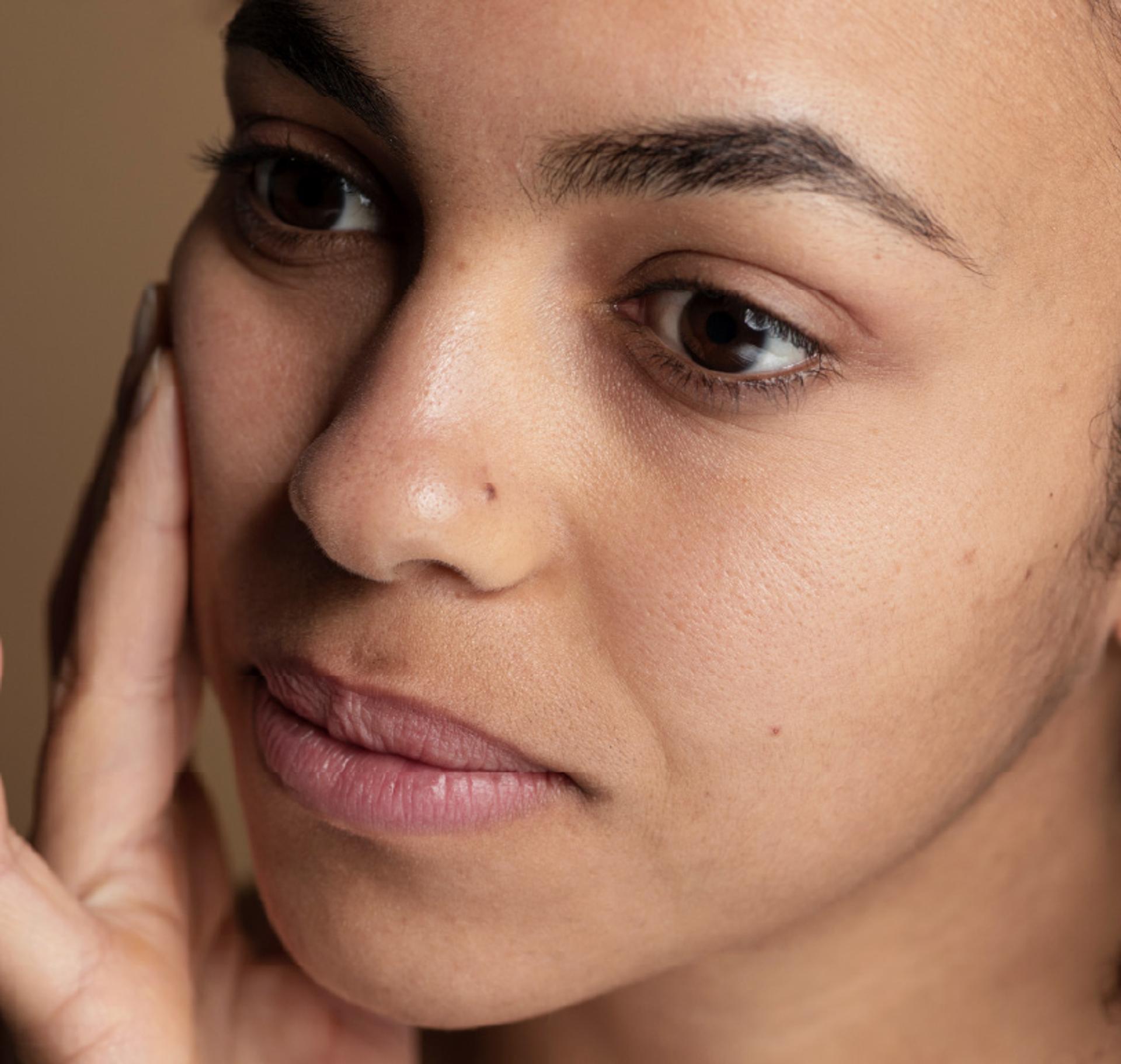
Different Types of Henna
The beginner's guide
By Nat Habit
Embarking the journey of Henna is like boarding a train of an ancient art form that has charmed cultures for centuries. As we get closer to the destination, it becomes essential for us to understand the nuances of henna’s various types.
In this beginner's guide, we'll shine light on Natural Henna, Black Henna, and Neutral Henna, offering insights into their composition and characteristics.
The Pure Grace of Natural Henna’s Stain:
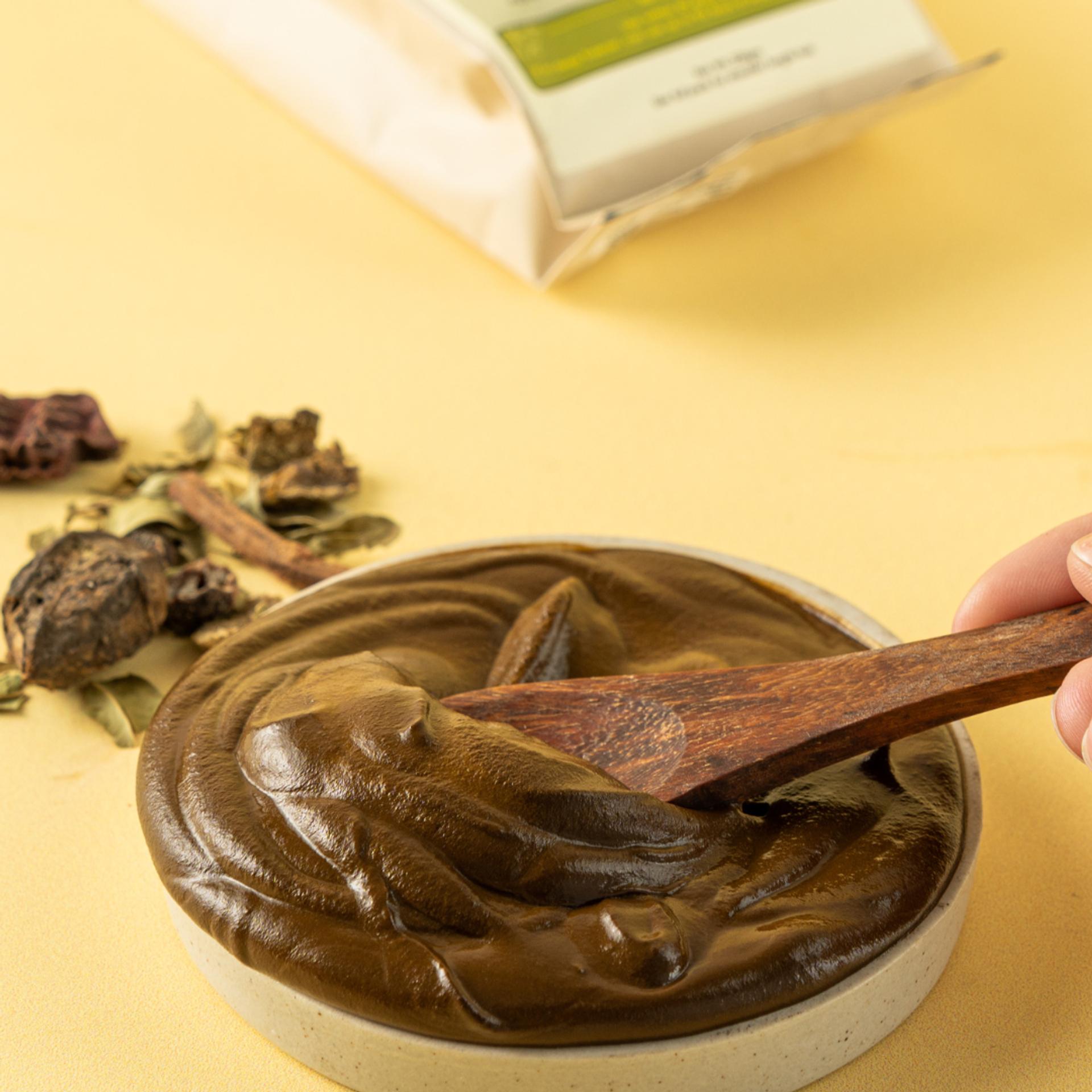
Natural Henna is the epitome of simplicity and purity. One of the best henna leaves is sourced from Sojat, Rajasthan although manufacturers don't shy away from buying henna sourced from other places like Punjab, Haryana, Madhya Pradesh and Gujarat.
In the market, pure henna is available in 2 forms: Powder & Paste.
Henna Powder:

It is obtained after drying and crushing henna leaves into fine powder. The powder often needs filtration to get rid of any twigs and stems that may come along. The more the filtration, the more the result will be in fine paste.
You can find 3 types of henna available in the market.
- Pure Organic Henna: Just powdered henna without any additives.
- Henna with Herbs: This henna comes with herbs like Amla, Manjishtha, and Rosemary finely ground into the henna.
- Chemical Henna: This henna is loaded with chemicals and dyes sometimes to provide instant and quick results while other times to provide desired colour which might not be possible naturally.
Henna Paste:
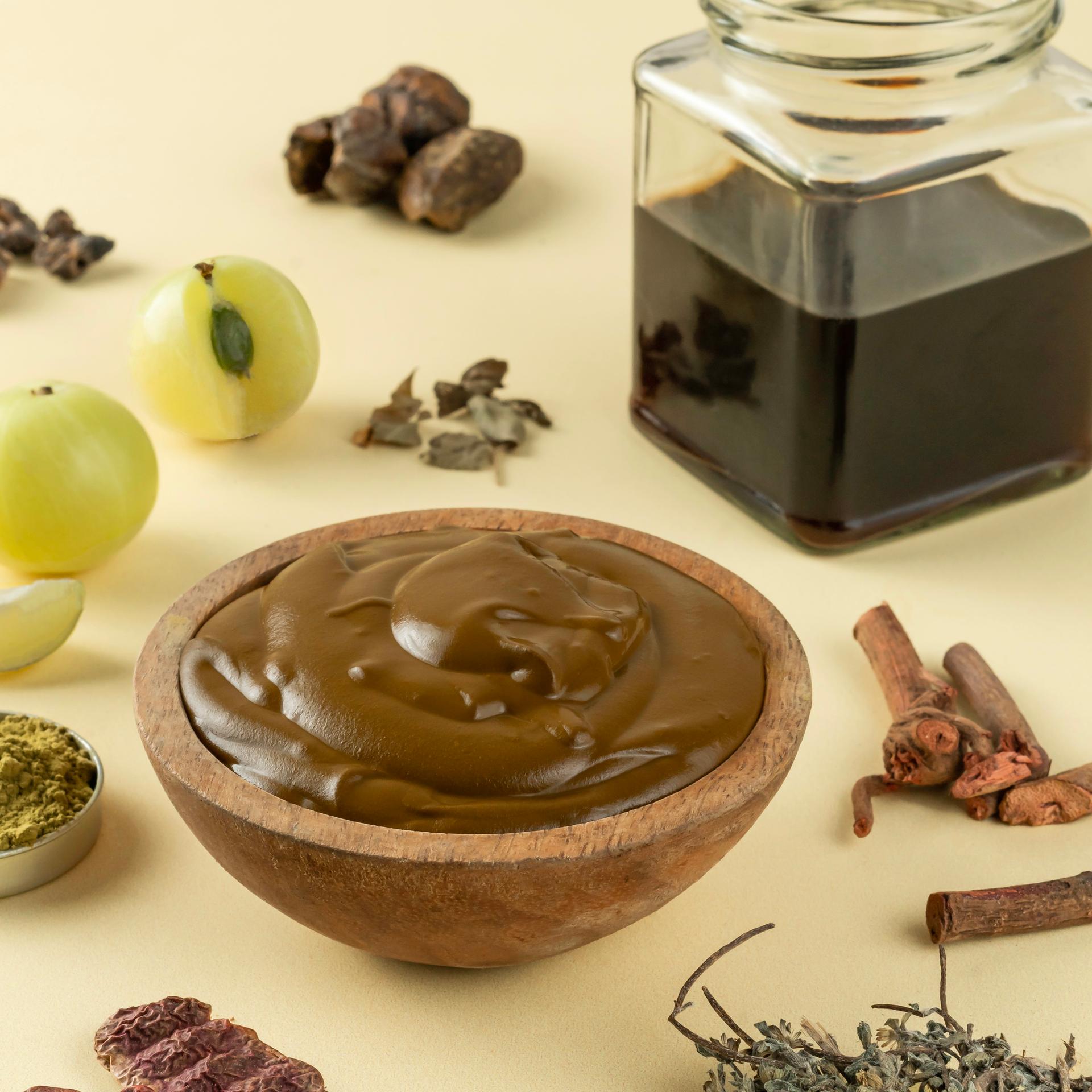
For added convenience, we can also access henna in a ready-to-apply paste form, crafted with a blend of natural herbs and tea/coffee water. However, as the paste form is more prone to damage during transit and sooner bacterial growth, most manufacturers strain themselves away from providing it.
But we, at Nat Habit, have worked tirelessly to create the perfect henna paste with no preservatives readily available for you.
Just tear, pour and apply!
The Shadow of Black Henna:
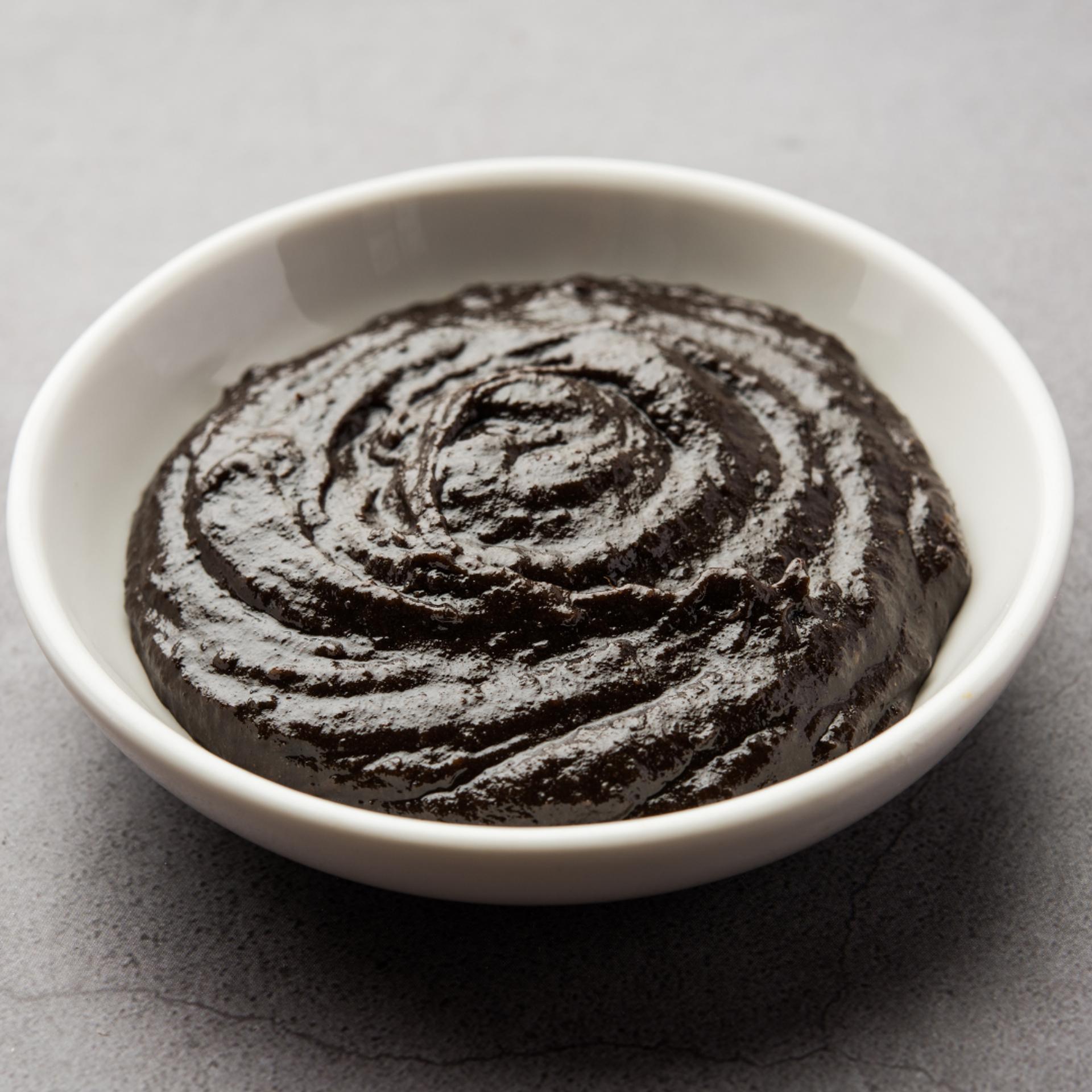
In the world of henna, Black Henna is the enigmatic rebel. Contrary to its name, it doesn't naturally exist without the addition of certain additives. The dark shade is actually achieved by introducing indigo, or unlisted dyes or chemicals, into the henna mix.
Also Read: Is black henna real
A Subtle and Neutral Touch of Senna & Cassia:
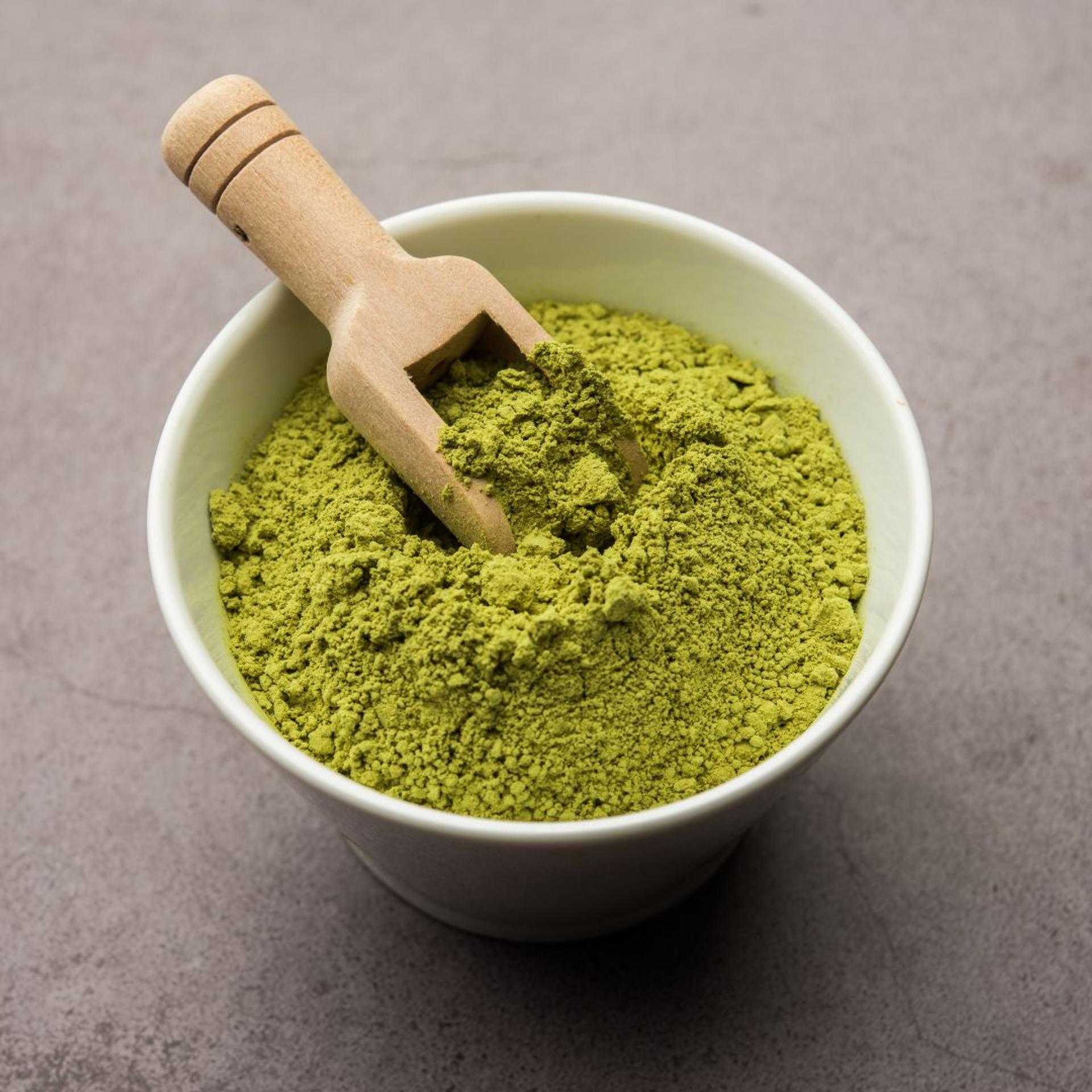
Neutral Henna, is derived from the Cassia Obovata and Senna Italica plant. While it shares the application method plus healing qualities with natural henna, it results in a less intense stain and gives a milder colour. This makes Neutral Henna an ideal choice for those seeking a subtle touch of colour with all the amazing qualities of traditional henna.
Conclusion:
It's clear that each type of henna has its own story to tell. Whether you choose the classic allure of Natural Henna, venture into the mysterious realm of Black Henna, or dip and dive in the waters of neutral henna, at the end it’s going to be your henna journey and a reflection of your own style.
Want to dive in hues of natural henna? Save all the efforts of preparing and try all natural Ready-to-Apply Henna.
Just tear, pour and apply.
Learn more



